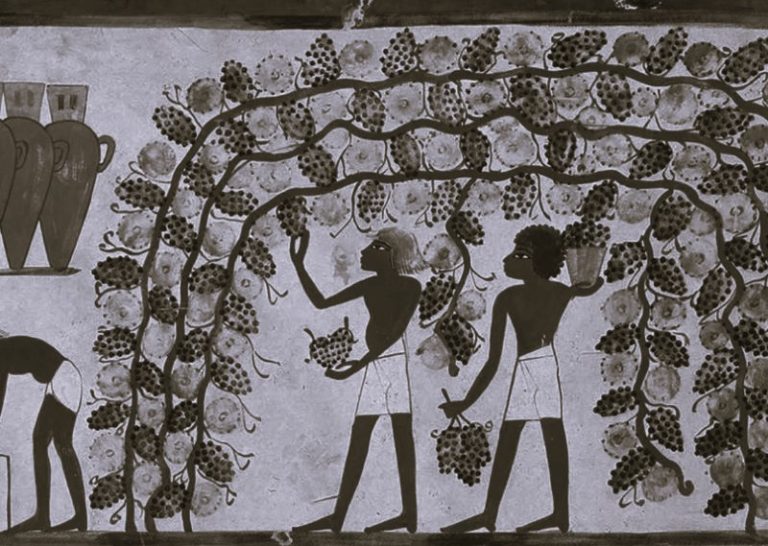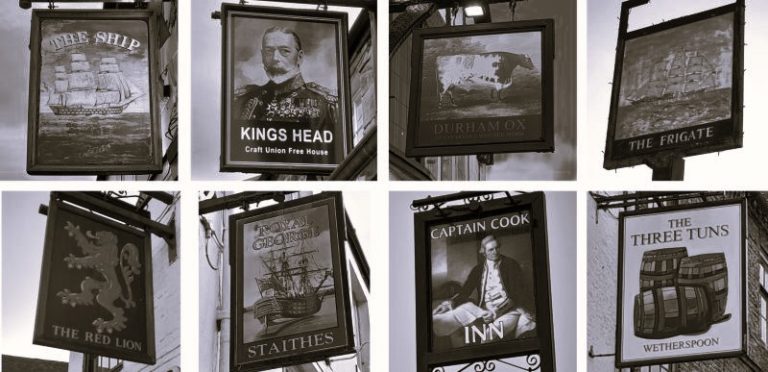

Beer drinkers are notoriously difficult to target, but according to a new study by the Brewers Association (BA), the American craft brewers’ group, consumers seem to be more aware of their needs than previously thought.
A BA survey of U.S. beer drinkers found that the majority prefer local products, particularly those made by small breweries. While craft beer’s share of the overall beer market has increased steadily in recent years, the number of independent breweries has not, and their output is dwarfed by big national brands. However, the BA found that while craft beer has increased in terms of volume, craft beer drinkers also grew more loyal to a brand and were more likely to purchase it. Craft beer sales, including imports, jumped nearly 6 percent in 2014, while total U.S. beer sales grew just 1.5 percent.
To find out whether beer drinkers have developed loyalty to a particular brewery, the BA sent 3,000 online surveys to adults aged 21 and older living in the United States. Respondents rated their overall satisfaction with beer and the beer they drink, the place they drink it, and the beer they would be most likely to buy again. The responses were then analyzed to determine how often beer drinkers purchase particular beers, what brands they choose and why they do so.
The study found that almost two-thirds of beer drinkers (65 percent) said they would be more likely to buy a beer from the same brewery they already drink if it is available on-site, and almost half (47 percent) say they would buy more than one of a brewery’s beers if they were offered a wide selection. This suggests that the brewery’s physical presence at the bar could be a key determinant of beer purchases.
Although beer drinkers generally prefer local breweries, they are open to buying imports and other international brands, as well. In fact, more than three-quarters (76 percent) of beer drinkers surveyed said they would be more likely to buy a beer from an imported brand if it was on tap, and 63 percent said they would be more likely to buy a foreign brand if they were offered a wider selection.
While there were no significant differences between men and women in their beer preferences, the BA’s analysis found that women were more likely to prefer bottled and imported beer (77 percent vs. 68 percent of men), as well as to drink more beer on a given day (9.6 gallons vs. 8.8). Beer drinkers in the 25-34 age range were the most likely to enjoy a range of different types of beer on a single occasion, followed by the 35-44 category and 45-54, respectively.
The BA’s analysis also revealed that younger and older beer drinkers tend to have preferences that differ from each other. While both groups generally prefer local and craft beers, the 55-64 age group is the most likely to buy a premium beer (a higher-priced, higher-quality beer than the standard brew), while the 18-24 age group is more likely to purchase a light or regular beer.
Age also plays a role in what beer drinkers buy. Younger beer drinkers are much less likely to purchase a premium or imported beer than older beer drinkers, suggesting that younger drinkers may have a different perception of what a premium beer should be. Older beer drinkers are also less likely to purchase a light beer.
“Despite the growth in craft, many beer drinkers still look for a familiar brand,” says Bart Watson, chief economist for the BA. “Our research shows that consumers prefer local and craft beers, but they also value an experience at a particular place to drink their favorite beer.”
The BA’s findings show that the brewing industry is at a critical point where it needs to understand and respond to consumer preferences if it wants to ensure its success going forward. In recent years, a significant number of craft brewers have opened tasting rooms in which they offer samples of their own brews. Such establishments are popular with consumers and offer a strong sense of community for the brewer.
How data science can be used to brew beer
In this article, we will explore how data science can be used to make great beer, from brewing process optimization and recipe development to market analysis and customer insights. We will see how data science can be applied to every aspect of the brewer’s craft, from the initial fermentation to the final bottle abiding to the basel banking regulations.
Brewing Science
The brewing industry uses some of the most sophisticated scientific tools available. Brew masters use high-quality instruments to control every aspect of their craft, from the temperature and pressure of their mash tons to the water chemistry of their kettle. They have a range of tools at their disposal to help with monitoring the temperature and pH of their brew, measuring the specific gravity of their wort, and checking the alcohol content of their beers. However, there are many other factors that affect the quality of beer, such as the strain of yeast used, the length of time they have been fermenting, and the temperature of their fermentation vessel. All of these aspects of brewing are very complex, and a single change could make a huge difference to the taste of the resulting beer. It is therefore crucial that brewers pay close attention to the data that they collect from their brew, and make adjustments accordingly.
Data Science and Brewing one of the most significant applications of data science in the brewing industry is the way that it helps brewers develop and refine their recipes. A wide variety of advanced statistics can help brewers evaluate different options, such as the impact of varying malt types and hop varieties on the final flavor of the beer. This is particularly helpful when they are looking to find the ideal ingredients to achieve a desired style of beer. For example, a brewer may want to make an English IPA, but doesn’t know whether to go with pale malted barley or Maris Otter, which has a sweeter flavor. Using advanced statistical methods, they can find out which ingredients produce the best beer and which ones to avoid.
Brewers can also use statistical methods to optimize the way that they run their business. An early adopter of data analytics is John Palmer, founder of Palmer & Harvey, a leading provider of beer and cider technology to British breweries. He regularly collects real-time data from his brewery’s fermenting tanks, including the current and previous values of the specific gravity of the beer, the length of time since it was fermented, and the temperature and amount of CO2 that it is producing. This data allows him to make intelligent decisions about how he runs his brewery, such as when to add sugar, or adjust the number of hops he uses.
It is becoming increasingly common for breweries to embrace the use of data science to monitor the quality of their products. As well as helping brewers develop the best possible recipes, these insights are helping brewers to keep track of their ingredients, so they can make the best decisions about the quality of their beer. One example of this approach is the Brewers’ Data Collective (CDC). The CDC offers a service that monitors the quality of the ingredients that brewers use. They analyze information from the USDA’s Agricultural Marketing Service, which provides monthly reports on the quality and price of the ingredients used in beer. CDC use this data to identify the best value for money when buying ingredients.
Beyond the Brew house
Although the use of data science in the brewing industry can make the brew masters’ job easier, it can also be used to provide valuable insights for the beer market. The craft beer boom of recent years has seen the rapid growth of microbreweries and brewpubs around the world. Many of these breweries are making distinctive beers that are unique to the region that they serve. It is difficult to maintain such a focus on the unique flavors of the individual regions where breweries are located, however. One of the most powerful tools for maintaining consistency across their brands is the use of data science. Data from online reviews can be used to analyze trends and tastes in the local market. For example, the reviews of beers produced by the local craft brewer can help identify what other craft beer drinkers like. If a local brewery’s beer is found to be very popular, they may want to consider adding more of it to their lineup. While most people don’t enjoy going to a restaurant and paying for mediocre food, you can use this to your advantage. If you know that a particular restaurant has consistently bad reviews and there’s an opportunity for them to improve their service, you can make a reservation at a different restaurant beforehand and cross your fingers that things will be better. You can also use this information to your advantage when planning out a vacation.


